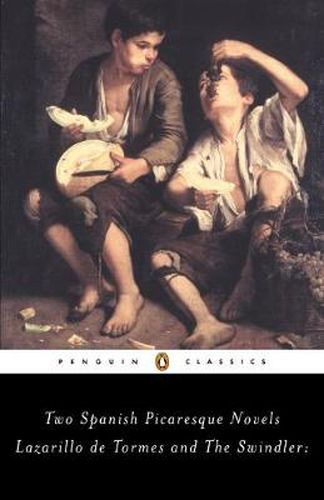Readings Newsletter
Become a Readings Member to make your shopping experience even easier.
Sign in or sign up for free!
You’re not far away from qualifying for FREE standard shipping within Australia
You’ve qualified for FREE standard shipping within Australia
The cart is loading…






delinquent picaros living by their wits among corrupt priests and prostitutes, beggars and idle gentleman, thieves, tricksters and murderers. The tales are sharply critical of the Church and the conventions of nobility, and contain grotesquely exaggerated depictions of the criminal underworld. Lazarillo de Tormes (1554), published anonymously, provided a literary model for Cervantes in Don Quixote and describes the ingenious ruses employed by a boy from Salamanca to outwit a succession of disreputable masters. Francisco de Quevedo’s The Swindler (1626) is a comic, yet brutal and sordid account of a servant who wants to become a gentleman but ends up as a cardsharp and a common criminal. For this edition Michael Alpert has updated his translation from the original Penguin Classics edition, with a new map, chronology of events, notes and further reading.
$9.00 standard shipping within Australia
FREE standard shipping within Australia for orders over $100.00
Express & International shipping calculated at checkout
delinquent picaros living by their wits among corrupt priests and prostitutes, beggars and idle gentleman, thieves, tricksters and murderers. The tales are sharply critical of the Church and the conventions of nobility, and contain grotesquely exaggerated depictions of the criminal underworld. Lazarillo de Tormes (1554), published anonymously, provided a literary model for Cervantes in Don Quixote and describes the ingenious ruses employed by a boy from Salamanca to outwit a succession of disreputable masters. Francisco de Quevedo’s The Swindler (1626) is a comic, yet brutal and sordid account of a servant who wants to become a gentleman but ends up as a cardsharp and a common criminal. For this edition Michael Alpert has updated his translation from the original Penguin Classics edition, with a new map, chronology of events, notes and further reading.